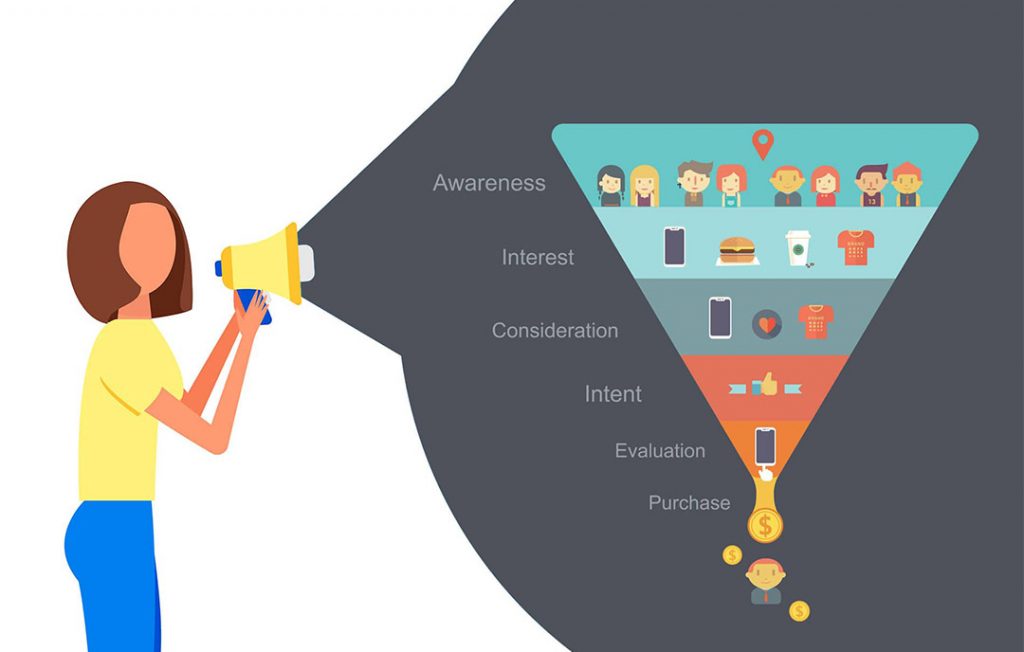Let’s kick off with a cliche: The future of business lies with the on-demand app!!
We call this a cliche due to the prerequisite of the on-demand app for a business to grow in today’s online market. According to the Harvard business review, there are about 16.3 million consumers spending an average of 36 billion dollars online. How can an entrepreneur not take advantage of such a humongous market?
As of today, around 80% of businesses have on-demand apps developed for the sole purpose of fulfilling their target consumer’s requirements. Their aim is to get the users to install their apps so that they can reach their audience more effectively and quickly.
With the growing number of call phones (4.68 billion cell phone users: Statista), the number of on-demand is only going to increase. If you don’t have an app. For your business yet then you’re missing out on Big time.
More about On-Demand apps and their benefits
You can think of On-Demand apps as a linking layer between consumers and different businesses. These applications are readily used by the consumers to get their hand on multiple products or services which they wish to procure.
The scope of products and services can range from delivering groceries to booking a rabbi for bah mitzvah. This can pretty much cover everything that a user might require. Which is why businesses are clamouring to launch their application in the market.
Here are some of the other benefits:
Highly Secure and Scalable
It is nearly impossible to determine whether any particular mobile app is secure or not. Any entrepreneur will want to keep its business’s data safe and secure while ensuring customer’s confidentiality. While choosing your customised mobile solutions, you can make sure that your app data will remain safe.
Unlimited business opportunities
To make the best use of your app. you must have a database which shows tabular information about your users right from their addresses, phone numbers, email addresses, interests, preferences or whatever that empowers your interactions. This amount of varied data can let you do many things:
a) Optimise your business practices through data analysis.
b) Enticing the audience towards any upcoming sales or offers.
c) Build ‘business-customer’ relationship to personalised communication.
d) Boost your conversion rates.
Affordability
Going for a cheaper solution now will only have you end up spending more in the long-term. Rather opt-in for a ready-to-use solution which will give results in the form of increased ROI for your business.
There might be an initial cost for the on-demand app development solution but it will greatly help you provide more value to your customers and stay flexible.
These are just a few of the benefits of On-Demand app. Now let’s discuss some of the key functionalities your Application must-have.
1. For the Customer app feature
- Push notification
Notifications are a crucial aspect of any On-Demand App. They inform the users to about the arrival of their product or service or even the special offers available.
- Real-time tracking
This feature lets the app users track down the location & status of their order or service in real-time. Hence, this ensures fast and efficient service.

- Payment system
Payment is one of the most important elements of any On-Demand Service. By making sure that your payment system is fast, secure and reliable. Multiple payment options are highly recommended for user convenience.
- Favourites
This functionality helps the customers to save their favourite service provider or product for quick reference. It helps them to find them out quickly and saves their time searching those all over again.
- Reviews and ratings
It shows the customers that your brand cares. Taking note of user experience serves as feedback for the service providers.
- Help and support
By integrating the Help & Support feature assists customers in case of common queries. It boosts customer service by resolving their problems and takes the load off your customer service reps.
2. Service provider app feature
- Order alert
With this functionality, the service provider receives a notification whenever a user avails for its service or product.
- Accepting & rejecting requests
The service providers must have the final authority on whether to accept or reject a request within a given period.

- Track earnings
Helps them to get full accountability and plan their logistics in a more efficient way.
- Work on your schedules
This functionality gives the service provider the flexibility of schedule their work hours whenever they want. They can select customise their work schedule and start working on that period.
3. Admin app
- Dashboard
Your business’s On-Demand app will not be complete without a readily accessible and customisable Admin Dashboard that can easily navigate to all the sections that are managing both service providers and users efficiently.
- The matching algorithm
It is the aligning logic that helps in matching a suitable service provider with their respective new customer request.
You can either opt for automatic matching where the alignment is algorithm-based or a manual matching in which case the administrator matches both the parties manually.

- Manage users
With Admin portal you can manage all customer’s activities such as payments, discounts, cancellation charges and resolving any customer escalated query.
- Managing service provider
With this feature, the admin can handle all service provider’s affairs from incentives, earnings to penalties.
- Pricing and commissions
You can manage the pricing based on demand. Secondly, you can also set up the commission charges that will ensure smooth transactions and profit-sharing.
Analytics provides key metrics such as no. of services availed, cancelled and repeated. This functionality also shows which sector of the business is doing well and the one that is struggling.
Analytic form the backbone of your business as it acquires critical insights that help you avoid all the bottlenecks and to optimise your services.
Now that you have determined your must-have features for your app.
Let’s talk about some of the major steps involved in app development.
1) Determining the target audience
The target audience would be the people who are most likely to bring their business to your brand. They could be college students, family guys, other business owners, travellers, single etc.
Whoever they are, they must be in substantial numbers, willing and have common issues so that your marketing focus is in place.
2) Identify their common pain areas
Any business is started with the aim to supply the product or service that the people need. The more efficiently the business delivers to the requirement of the audience, the more successful it is.
Nowadays consumers need things to be delivered to them as quickly as possible. Which is where your On-demand app comes into the picture. During your app development, you need to focus on how user-friendly your application is and how easily it responds to the user’s pain area.
3) Test and launch
Test the app solution for consistency. Begin with the developers, Then the in-house testing team. Encourage your developers & testers to be creative and use the app in closed beta and eventually release it in public beta test.
Repeat this scenario whenever a new feature is introduced or opt for an app revamp to make sure minimal bugs in the final product and higher customer satisfaction.
4) Finally, Publish
Once your On- Demand app is ready to go live, publish on the respective app stores. In case one of the apps get rejected, start working on the feedback received, resolve the issue, and re-publish.
Wrapping it Up…
We hope you like our take on the On-demand app development. In case you have any questions or need support in developing an application for your business in Perth, Australia or any country please feel free to contact us and our associates would be happy to help you out.




